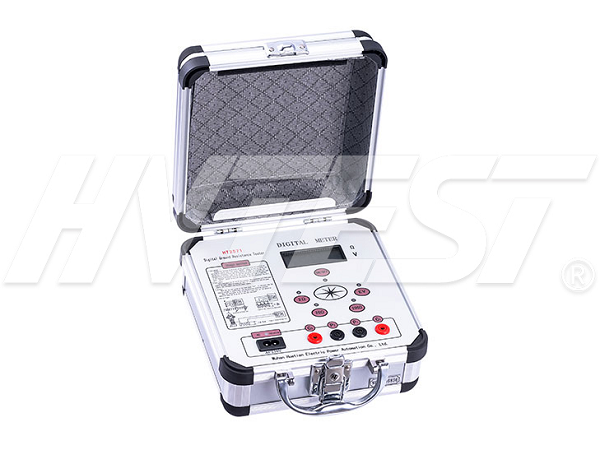Detection Technology
Why is good grounding important?
Why is good grounding important?
The transient characteristics of lightning and its associated rapid rise time and large current mean that good grounding must be considered in order to make lightning protection effective. Many factors such as changes in soil resistivity, ease of installation, layout, and existing physical characteristics are site-specific and often affect the determination of the grounding method used.
Low impedance is the key to lightning protection. All ground connections should be as short and direct as possible to reduce inductance and reduce the peak voltage induced in the connection. The ground electrode system must effectively couple the lightning surge to the ground by coupling to the soil. The resistance of the ground itself to lightning current must also be reduced. Only when all these factors are taken into consideration can the lightning protection effect be achieved.
Ground impedance
Soil resistivity is an important design consideration. For different soil types, moisture content and temperature, it will change significantly and will cause changes in ground impedance.
Short and direct ground connection
The voltage generated by lightning discharge mainly depends on the rise time of the current and the impedance of the ground path (mainly inductance).
Due to long distances, indirect paths or any series inductance caused by sharp bends in the ground conductor wiring, extremely fast rise times will cause the voltage to rise significantly. This is why a short and direct ground connection is important.
Coupling from the electrode system to the ground
The efficiency with which a ground electrode system couples lightning current to the ground depends on many factors, including the geometry of the ground electrode system, the shape of the conductor, and the factors that effectively couple to the soil.
Characteristics of a good grounding system
In short, four characteristics are critical to grounding
1. Good conductivity
2. A conductor that can withstand the available electrical fault current
3. Long service life-at least 40 years
4. Low ground resistance and impedance
The basic principle of any grounding device should be to try to increase the surface area of the electrode or conductor and the surrounding soil. This not only helps to reduce the grounding resistance of the grounding system, but also greatly improves the impedance of the grounding system under lightning impulse conditions.
Equipotential bonding
Equipotential bonding helps ensure that there are no dangerous potential differences between different input conductors (such as metal water services, power systems, telecommunications systems, and local ground), and can also reduce stepping and contact potential.
Good corrosion resistance
The ground electrode system should be corrosion resistant and compatible with other conductors buried in the ground.
So far, copper is a common material used for grounding conductors. Generally, the maintenance or inspection procedures of the grounding resistance measuring instrument (or grounding resistance measuring device) should be adopted to ensure the long-term effectiveness of the grounding system.
Ground resistance
When current flows from the ground electrode into the surrounding soil, it is usually said to flow through a series of concentric shells of increasing diameter. Each successive case has a larger current flow area, so the resistance is lower.
At some point far away from the grounded conductor, the current dissipation becomes large, and the current density is so small that the resistance is negligible.
Theoretically, the grounding resistance can be derived from the following general formula:
R = P × L / A resistance = resistivity × length / area
This formula explains why the farther the shell of the concentric earth is from the ground rod, the resistance will decrease:
R = soil resistivity × shell thickness/area
In the case of ground resistance, it is assumed that the resistivity of the soil (or soil) in the entire volume is uniform, although in reality it is rare. The equations of the electrode system are very complex and are usually expressed only as approximations.
The commonly used formula for single ground electrode system is as follows:
R =ρ/2πL
parameter:
R = Resistance of the ground rod to the earth (or soil) (in ohms)
L = the length of the ground electrode
r = ground electrode radius
ρ = average resistivity in ohm-cm.
How to use a digital megohmmeter? | 2021/5/11 | reading687time Microcomputer Relay Protection Tester Test | 2021/5/10 | reading745time return


